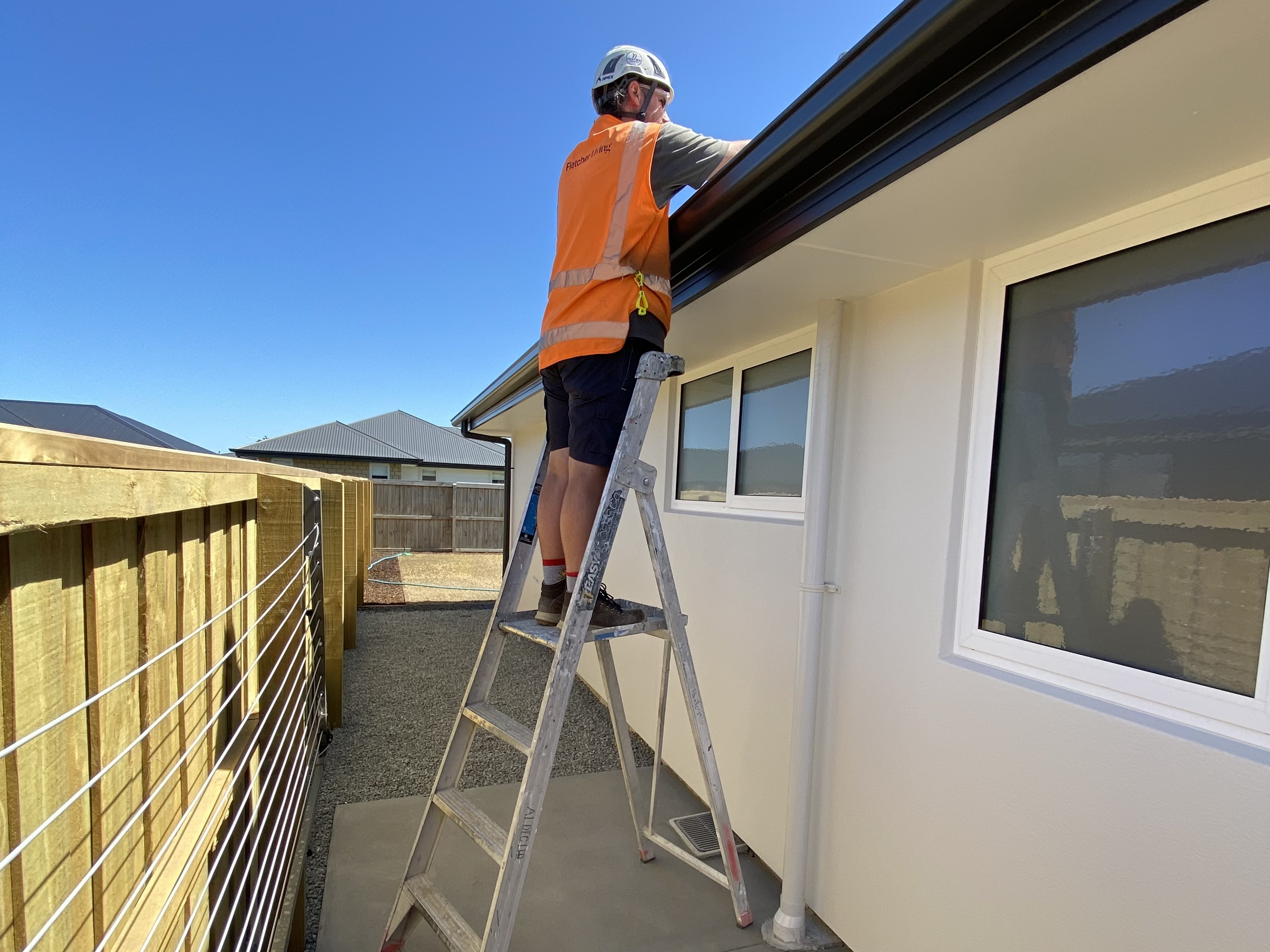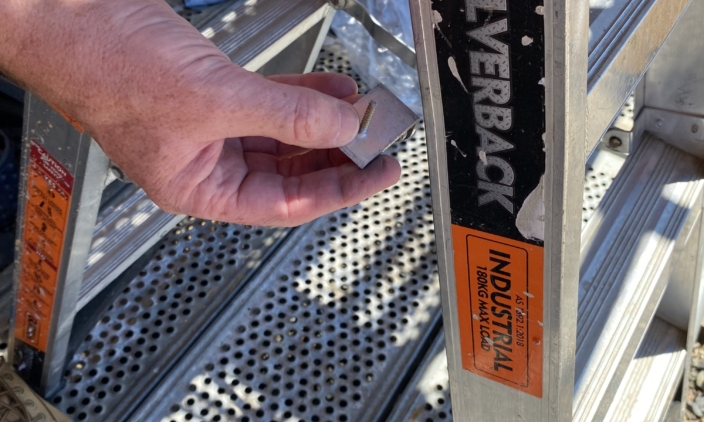Ladders are crucial to construction helping us access those hard-to-reach places and work on what we need too. Working from a ladder can be risky though and if correct safety practices aren’t followed. Then incorrect use can lead to serious injuries such as sprains, strains, fractures, concussions and even worse serious harm.
Here are some essential tips to ensure your safety and your mates:
Before Using the Ladder
Assess the risk
Working at height poses many risks including falling from height but also falling objects. Think about the task you are going to complete and ask yourself a few questions?
• Is it short in duration?
• Do I need both my hands?
• Could something during the task cause me to overreach or become unbalanced?
• Do I feel uncomfortable about working at that height?
• Is the working platform firm and secure?
Completing a through risk assessment before you even decide to use a ladder is crucial and using a ladder isn’t necessarily the only option. Sometimes there are safer options such as an elevated work platform or scaffolding. In some cases, you may even be able to complete the work at ground level eliminating the risk completely.
However, if you can’t then it's important to choose the right ladder for the task.
Choose the Right Ladder
When selecting your ladder, it's always a good idea to have a look at the work area first. Are there any specific hazards such as electrical energy or uneven ground and how heigh up are you required to work. Therefore, you can make sure it’s the right height and style for your work.
Only use commercial-grade ladders compliant with AS/NZS 1892 standard with a minimum load rating of 120-150 kg. Always inspect your ladder before use.


Check for defects & suitability
Inspect the ladder and check for any damage, such as cracks, damage to feet, stays, and rungs, or missing parts if the ladder is damaged, do not use it. Make sure the entire ladder is clean from chemicals as these can be corrosive to the ladder, which can't be seen by the naked eye.
Ensure the ladder is suitable for the task and can support your weight plus any tools or materials. Exceeding the ladders weight rating can cause it to topple or collapse under the stress.
Setting Up the Ladder
- Stable Surface: Place the ladder on a firm, level surface. Avoid soft or uneven ground.
- Secure the Ladder: Ensure the ladder is fully extended and locked before climbing.
- Angle and Position: For extension ladders, follow the 4-to-1 rule: for every 4 feet of ladder height, place the base 1 foot away from the wall.
While Using the Ladder
- Always maintain three points of contact (two hands and one foot, or two feet and one hand) while climbing.
- Always face the ladder when climbing up or down.
- Keep your body centred between the side rails and avoid leaning or reaching too far to the side.
- Never carry tools or materials in your hands while climbing, instead use a tool belt.
To learn more and share with your team click on the link below for a downloadable Toolbox Talk!
